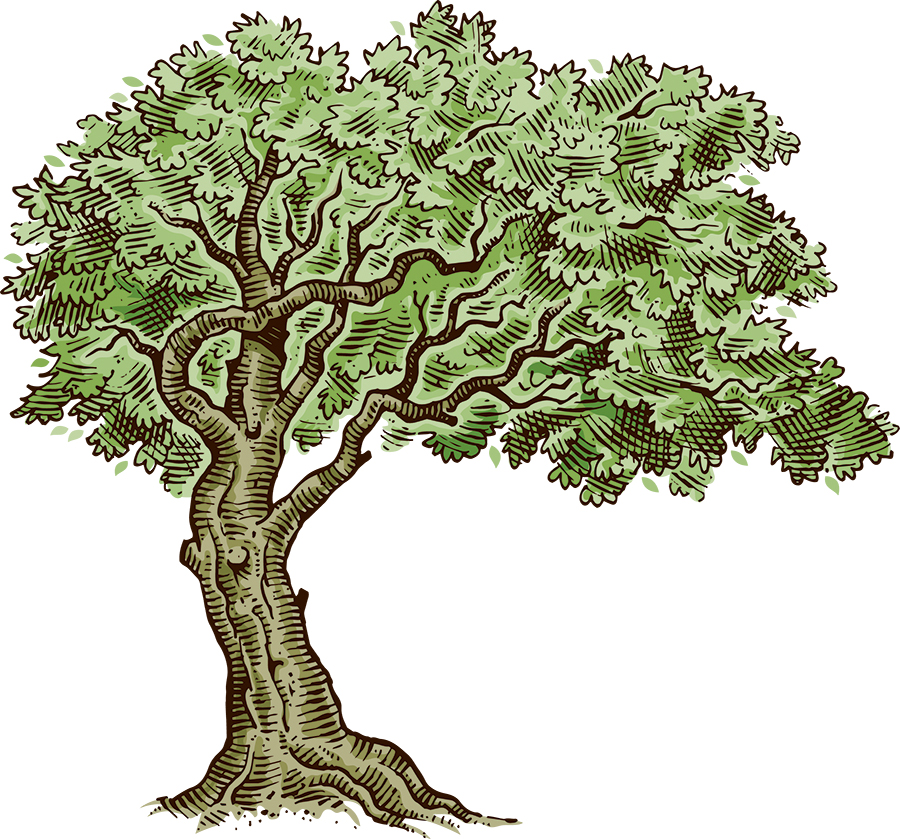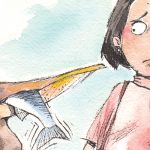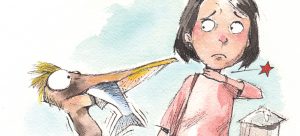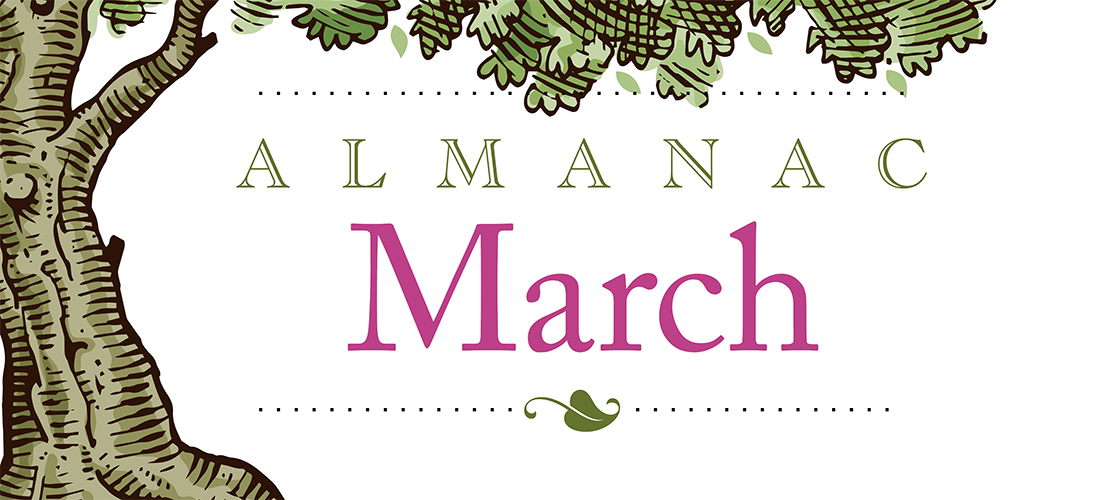
March Almanac
By Ashley Wahl
March is as harsh as it is hopeful. The earth is aflame with tender new grasses. Dead-nettle spills across the lawn like a sea of purple kisses. The birds are twittering on high and the dog is cradling something in its mouth, looking up as if to say you’ve got to see this.
You are equally relieved and horrified to discover that whatever she’s holding is pink and wriggling and very much alive.
“Drop it,” you say.
And so, she does. On a soft patch of earth dotted with dandelion.
Blind and hairless, the newborn squirrel is utterly helpless. You look up to the fork of a nearby oak, hoping to see a wild, leafy tangle of nest. Back when the world was gold-and-rust, leaves rustling like starlings with each gust, you’d witnessed its construction. And by some miracle — because what held by sticks and faith is not — the nest is still intact. You scoop up the babe with a thin cloth, place it at the base of a tree like a sacred offering, back away and wait.
The dog is whimpering. She looks up at you with the worried expression of a mother, back to the squirrel, so pink and vulnerable, then back to you.
Patience, you tell the dog as a reminder to yourself. The earth beneath you softens, yet there’s a chill you cannot shake.
An hour passes. You have nearly given up hope that mother squirrel will arrive, but she does. And in an instant, she is gone, scurrying up the tree with the babe in her mouth.
March winds can be cruel. But dog was dog, not snake or hawk. And in spring, there is always hope.
Just listen to the birds.
I glanced out the window at the signs of spring. The sky was almost blue, the trees were almost budding, the sun was almost bright.
— Millard Kaufman
Princess of the Pea
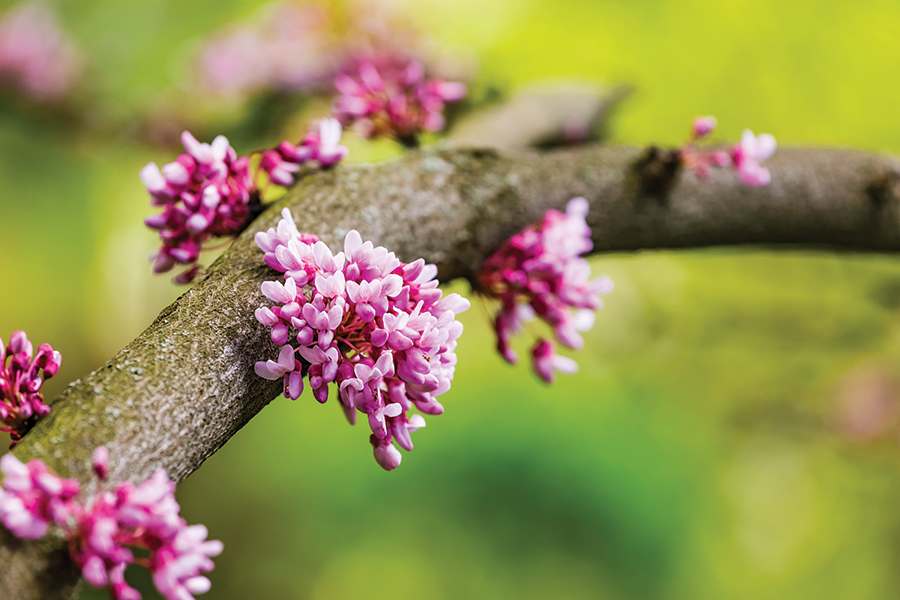
Although the robin has been announcing its return for weeks, official spring arrives on March 20 — and with it, the glorious, flowering redbud.
Blue sky or gray, redbud blossoms are utterly electric by contrast, seemingly more vibrant by the day. The Eastern redbud (Cercis canadensis), also known as the Judas tree, is a tree of the pea family. Christian folklore tells that this now small and somewhat dainty tree once stood tall and mighty as an oak and that, when Judas betrayed Christ, he hanged himself from one. But let’s talk instead of their delicate clusters of rosy pink flowers, shall we?
Yep, they’re edible. High in Vitamin C. And that they burst from bare-bone limbs before the tree’s first heart-shaped leaves never fails to dazzle. Pickle them or transform your spring salad into a work of art with a sprinkling or a sprig.
As for the seeds and pods? Edible, too. Eat the Weeds [eattheweeds.com], a blog for foraging newbies, suggests using the unopened buds as a caper substitute.
Just add pasta, garlic and butter.
In the Garden

Mid-month, transplant broccoli, cauliflower and cabbage into the garden. Ditto lettuce and spinach. And get ready for April. After the last frost, it’s time again to sow your summer garden. The earth is softening. But the birds tell you everything you need to know: spring is here.

